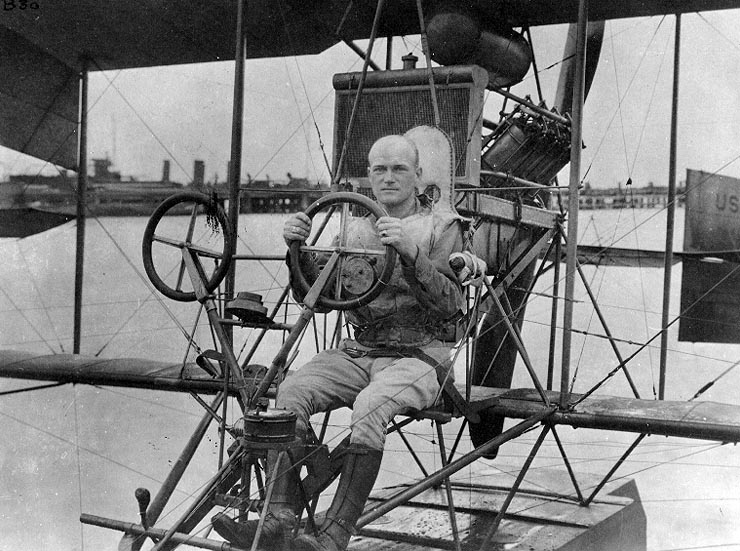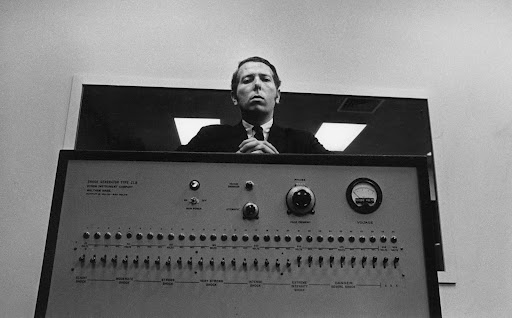There’s good stuff in James B. Stewart’s New York Times piece “How, And Why, Apple Overtook Microsoft,” though it oversimplifies the reasons for the heavenly resuscitation of Jobs’ near-dead company and the purgatory Bill Gates’ once-mighty empire is now experiencing. In one passage, it reduces the reversal of fortunes to a “vision thing,” making it seem as if Gates was taken unawares by a mobile-dominated future. Oh, Gates knew. From his 1995 book The Road Ahead:
What do you carry on your person now? Probably at least keys, identification, money, and a watch. And maybe credit cards, a checkbook, traveler’s checks, an address book, an appointment book, a notepad, something to read, a camera, a pocket tape recorder, a cellular phone, a pager, concert tickets, a map, a compass, a calculator, an electronic entry card, photographs, and maybe a loud whistle to call for help.
You’ll be able to keep equivalent necessities — and more — in an information appliance I call the wallet PC. It will be about the same size as a wallet, which means you’ll be able to carry it in your pocket or purse. It will display messages and schedules and let you read or send electronic mail and faxes, monitor weather and stock reports, and play both simple and sophisticated games. At a meeting, you might take notes, check your appointments, browse information if you’re bored, or choose from among thousands of easy-to-call-up photos of your kids.•
The real distinction between the companies wasn’t vision but execution. Microsoft was too huge to pivot, though Apple might have won even if its rival wasn’t “encumbered” by success. From Stewart:
The most successful companies need a vision, and both Apple and Microsoft have one. But Apple’s was more radical and, as it turns out, more farsighted. Microsoft foresaw a computer on every person’s desk, a radical idea when IBM mainframes took up entire rooms. But Apple went a big step further: Its vision was a computer in every pocket. That computer also just happened to be a phone, the most ubiquitous consumer device in the world. Apple ended up disrupting two huge markets.
“Apple has been very visionary in creating and expanding significant new consumer electronics categories,” [Bernstein analyst Toni] Sacconaghi said. “Unique, disruptive innovation is really hard to do. Doing it multiple times, as Apple has, is extremely difficult. It’s the equivalent of Pixar producing one hit after another. You have to give kudos to Apple.”
Walter Isaacson, who interviewed Mr. Jobs for his biography of the Apple co-founder and chief executive, said: “Steve believed the world was going mobile, and he was right. And he believed that beauty matters. He was deeply moved by beautiful design. Objects of great functionality also had to be objects of desire.”•



































